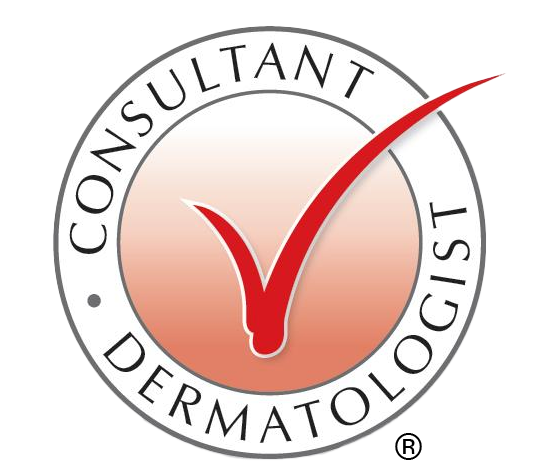Dermatology Explained
The discipline of dermatology includes the study of the basic biology of the skin and skin disease. Clinical dermatology is concerned with the treatment or prevention of skin disease. A brief overview of dermatology in Ireland is given below.
Skin disorders are common and affect people of all ages. Skin disease may have a highly significant effect on personal or family quality of life through discomfort and disfigurement. Some forms of skin cancer can cause death. Having a child with an itchy skin condition can upset sleep patterns and cause significant family stress. Many significant skin disorders are increasing in incidence. In childhood, an estimated 15% of the Irish population will develop atopic dermatitis and the annual incidence appears to have been increasing over the past decade. Ireland has one of the highest incidences of skin cancer in the world and the incidence of malignant melanoma has increased on an annual basis over the past 2 decades.
Irish dermatology services are organized within the two political jurisdictions. In both the Republic of Ireland and Northern Ireland common skin problems, such as eczema, acne and psoriasis, are most commonly managed by general medical practitioners.
More significant skin problems are referred to dermatologists, who are hospital-based specialists, by general practitioners. The primary role of a consultant dermatologist is to provide advice to patients and general practitioners on diagnosis and care. Irish dermatologists have an important role in co-ordinating the provision of dermatology services, and in the education of health professionals in the management of skin disorders in other settings. Increasingly nurses are developing specialised and valuable clinical skills and interests in dermatology. In the past few years the interest has lead to the formation of the Irish Dermatology Nurses Association.
Irish dermatologists provide specialist treatments and investigations such as patch testing for contact allergy, phototherapy (light treatment) and surgical treatment of skin cancers. Some centres offer laser treatment for birthmarks.
In both jurisdictions, inadequate numbers of consultant dermatologist posts to meet rising expectations has resulted in long waiting lists for new patient appointments.



